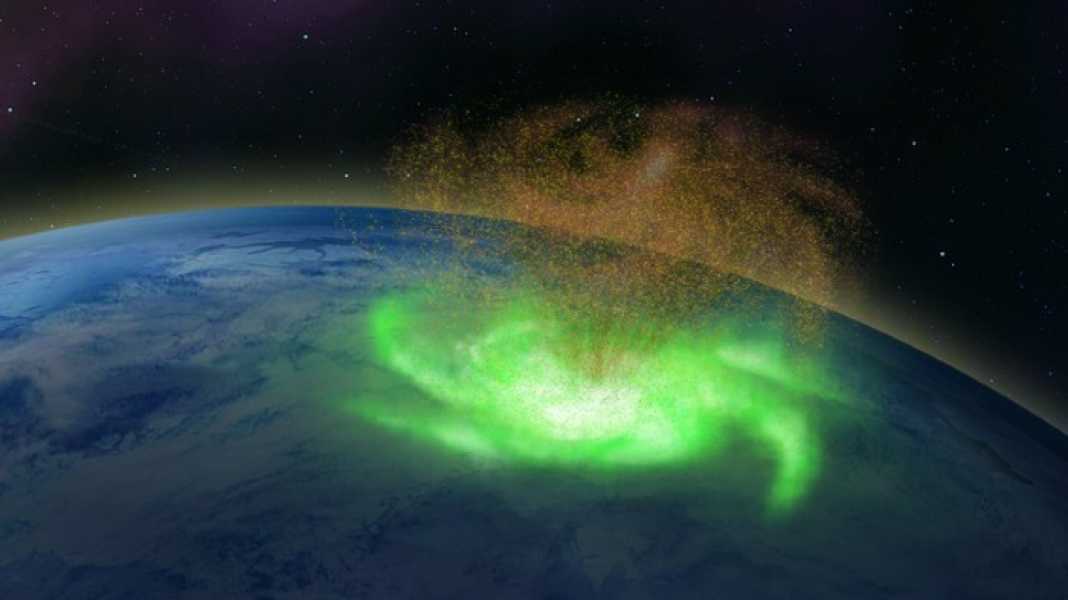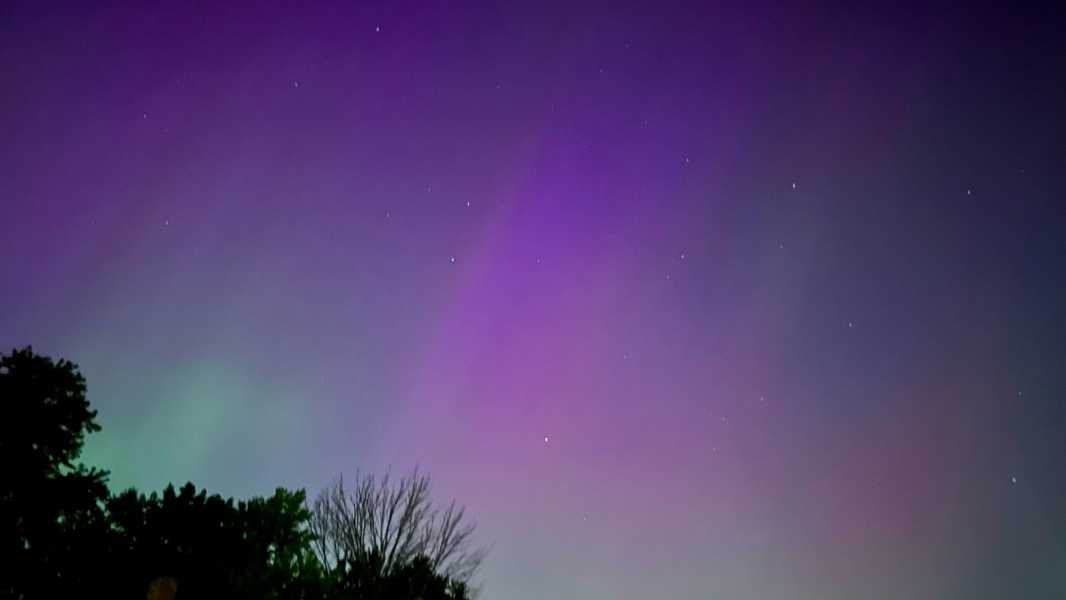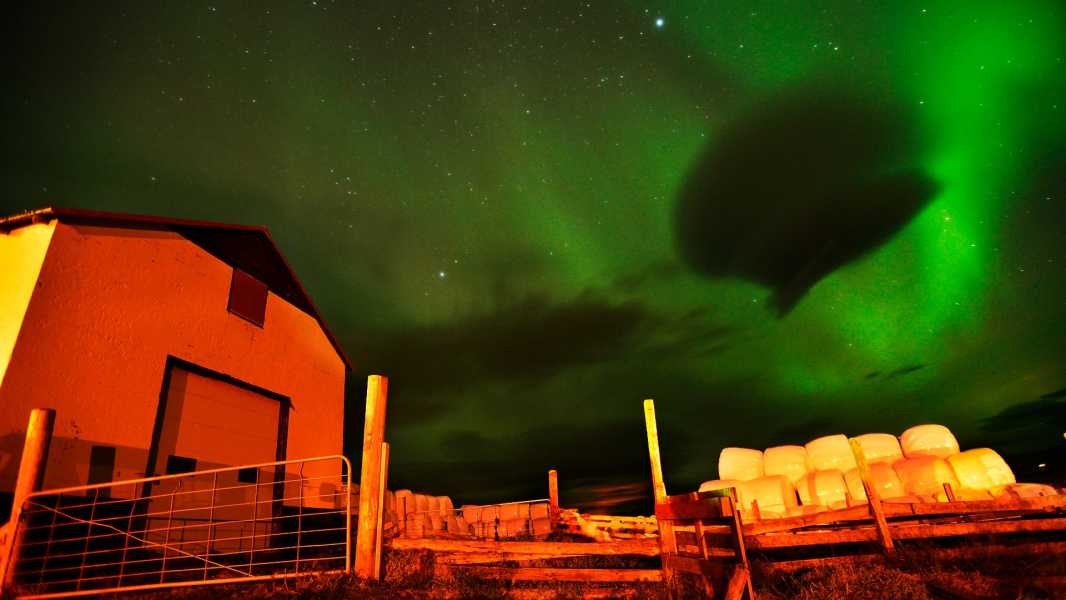
An artist's impression of a space hurricane spewing plasma high above the North Pole. First recorded in 2014, the nearly eight-hour storm caused significant space meteorological effects despite abnormally low solar activity. (Image credit: Qing-He Zhang, Shandong University)
A unique hurricane that swept high above the Earth's North Pole in 2014 produced an unexpected effect and may be even stranger than scientists thought.
The phenomenon, known as a “space hurricane,” triggered powerful space weather effects typically seen only during major solar storms, despite the Sun being unusually calm on the day, according to a new study.
The report provides the first detailed analysis of the nearly eight-hour storm, which was determined to have occurred on August 20, 2014. Researchers found that it disrupted GPS signals, shook the Earth's magnetic field and increased the number of electrons in the upper atmosphere.
You may like
-

A powerful geomagnetic storm on Mother's Day created bubbles in the Earth's upper atmosphere that disrupted radio signals.
-

The May 2024 solar storm could cause $500 million in damage to farmers, according to a new study.
Sourse: www.livescience.com





